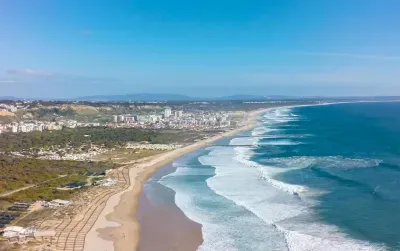Transpraia - Costa da Caparica
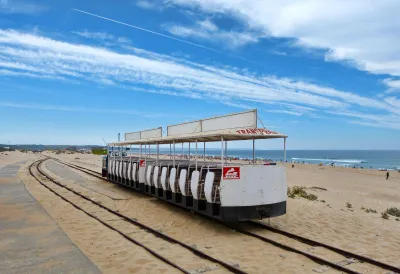
The huge crescent of sand that stretches southwards from the town of Costa da Caparica is home to a number of fantastic beaches. And whilst those in front of the numerous apartment blocks in the town itself are nothing to complain about, the further down the coast you head, the wider and less built up they becomes. In fact within a few km there are only sand dunes as a backdrop - keep going and it becomes a protected landscape of sculpted cliffs and forest.
Convento dos Capuchos

The stretch of coast along Costa da Caparica is home to a slightly strange geological feature where the cliffs rise not from the sea, but several hundred metres inland. This is most pronounced in the resort town itself where behind the apartment blocks is a small plain with fields. Suddenly, a steep escarpment rises up, and it is here that you will find the 16th century Convento dos Capuchos.
Tower of Belem

The Tower in outstanding example of 16th c. Manueline architecture. Standing on the waterside at Belem it was built as both a celebration of the age of the Discoveries and to defend the mouth of the river.
Monumento aos Combatentes do Ultramar
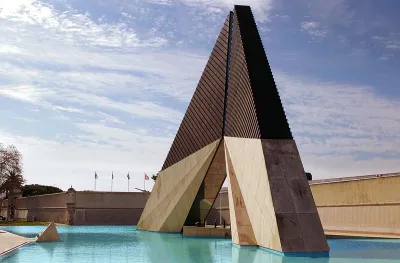
From the early 1960’s to the mid-1970s Portugal fought a controversial campaign in Africa, attempting in vain to keep hold of its colonies there. Known as the Combatentes Ultramar (Overseas War) this conflict took the lives of over 9,000 soldiers, many of whom came from the Lisbon area. The bloody war was a factor which led to the toppling of the regime of Dr Antonio de Oliveira Salazar whose right-wing regime had held power since 1932.
Monument to the Discoveries
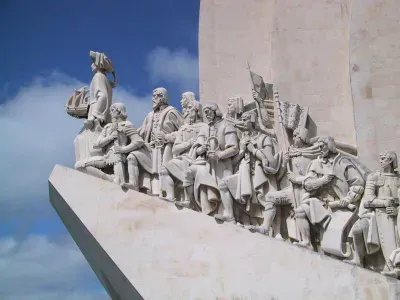
52 metre high monument on the waterside in Belem. The monument was built to celebrate the 500th anniversary of the death of Henry the Navigator. It features 33 prominent people of that era
Centro Cultural de Belem
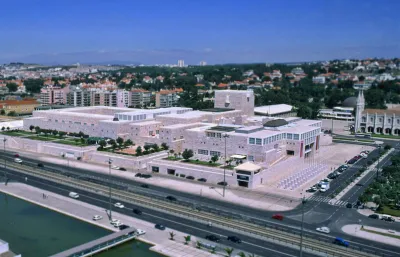
Referred to simply as the CCB, this beautifully designed Centro Cultural de Belem was originally built to serve as headquarter for the Portuguese Presidency of the EU in 1992. It now provides over 100,000 square metres of space for a year-round calendar of cultural events, conferences, exhibitions and meetings as well as providing one of the best permanent exhibitions of modern art in Europe, a number of eateries and shops and much more.
The Berardo Collection
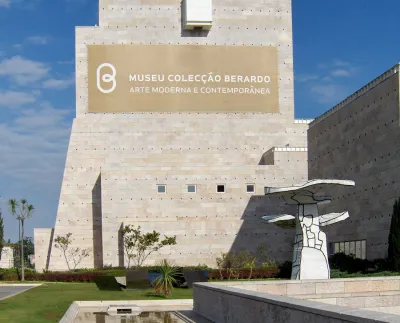
World acclaimed private modern art collection with works by Andy Warhol, Jackson Pollock, Jeff Koons, and more.
Cristo Rei
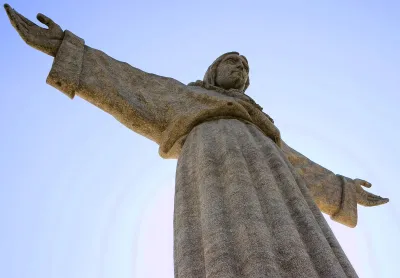
Standing at over 110 metres tall on the opposite bank of the Tejo to Lisbon is Cristo Rei. Built between 1949-59 the statue was inspired by the Christ the Redeemer statue in Rio de Janeiro.
Jeronimos Monastery
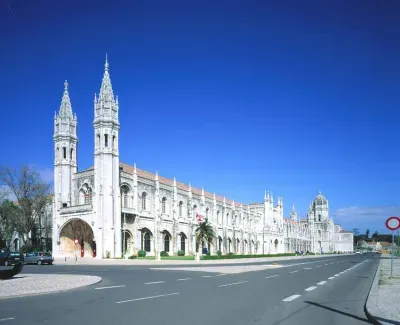
The Jerónimos Monastery was built during most of the 16th century in the Manueline style. It was built at a time when Portugal had an empire and was in the mood to show the World its status through a plethora of monuments and palaces
National Coach Museum

Museum housing the extensive collection of carriages belonging to the Portuguese royal family and nobility. Located in the old Horse Riding Arena of the Belém Palace, this is one of Lisbon's most visited museums.
